With the kind help of this forum (and individuals like @DejaWiz) I recently purchased a beautiful 2.5ct LG Round Brilliant
I did a ton of research and learnt the basics re: cut angles, proportions, the dynamic nature of various angles working together, material quality, symmetry, the different growing processes & 'quirks' they can introduce, the differences between the lab reports - how stringent (or not) they are - what they can tell you vs what they can't and so on.
This REALLY helped me narrow down options leading quickly to the stone I purchased (I admit partly as it came with an AGS0 Ideal Report along with the GIA which gave some piece of mind when buying remote)
Fast forward - I am 100% happy with the stone (it's still being set) but my interest did not stop post purchase and I recently heard about 'Cutwise.com' - which I find fascinating. I then read some of the longer threads here (between some of the most knowledgeable and expert members) on the wider subject which were very interesting - although for a layman like me slightly tricky to follow at times.
Anyway, that led me to idly search cutwise for stones with similar specs to mine to see what more information could be found - and then realised 'my' stone was in the database - hence the deepening rabbit hole.
I've now read a bunch of Octonus info but I am really interested to understand from some of the experts (@Serg I assume being the go-to here!?) how to interpret some of the less familiar information (e.g. what should I look for in a darkfield view, what can I glean from ETAs and DETAs, what is considered a 'good' deviance for key angles (e.g. Pa/Ca) etc)
For reference this is my stone: cutwise.com/diamond/1035060
With thanks in advance to anyone that can help me learn more
I did a ton of research and learnt the basics re: cut angles, proportions, the dynamic nature of various angles working together, material quality, symmetry, the different growing processes & 'quirks' they can introduce, the differences between the lab reports - how stringent (or not) they are - what they can tell you vs what they can't and so on.
This REALLY helped me narrow down options leading quickly to the stone I purchased (I admit partly as it came with an AGS0 Ideal Report along with the GIA which gave some piece of mind when buying remote)
Fast forward - I am 100% happy with the stone (it's still being set) but my interest did not stop post purchase and I recently heard about 'Cutwise.com' - which I find fascinating. I then read some of the longer threads here (between some of the most knowledgeable and expert members) on the wider subject which were very interesting - although for a layman like me slightly tricky to follow at times.
Anyway, that led me to idly search cutwise for stones with similar specs to mine to see what more information could be found - and then realised 'my' stone was in the database - hence the deepening rabbit hole.
I've now read a bunch of Octonus info but I am really interested to understand from some of the experts (@Serg I assume being the go-to here!?) how to interpret some of the less familiar information (e.g. what should I look for in a darkfield view, what can I glean from ETAs and DETAs, what is considered a 'good' deviance for key angles (e.g. Pa/Ca) etc)
For reference this is my stone: cutwise.com/diamond/1035060
With thanks in advance to anyone that can help me learn more

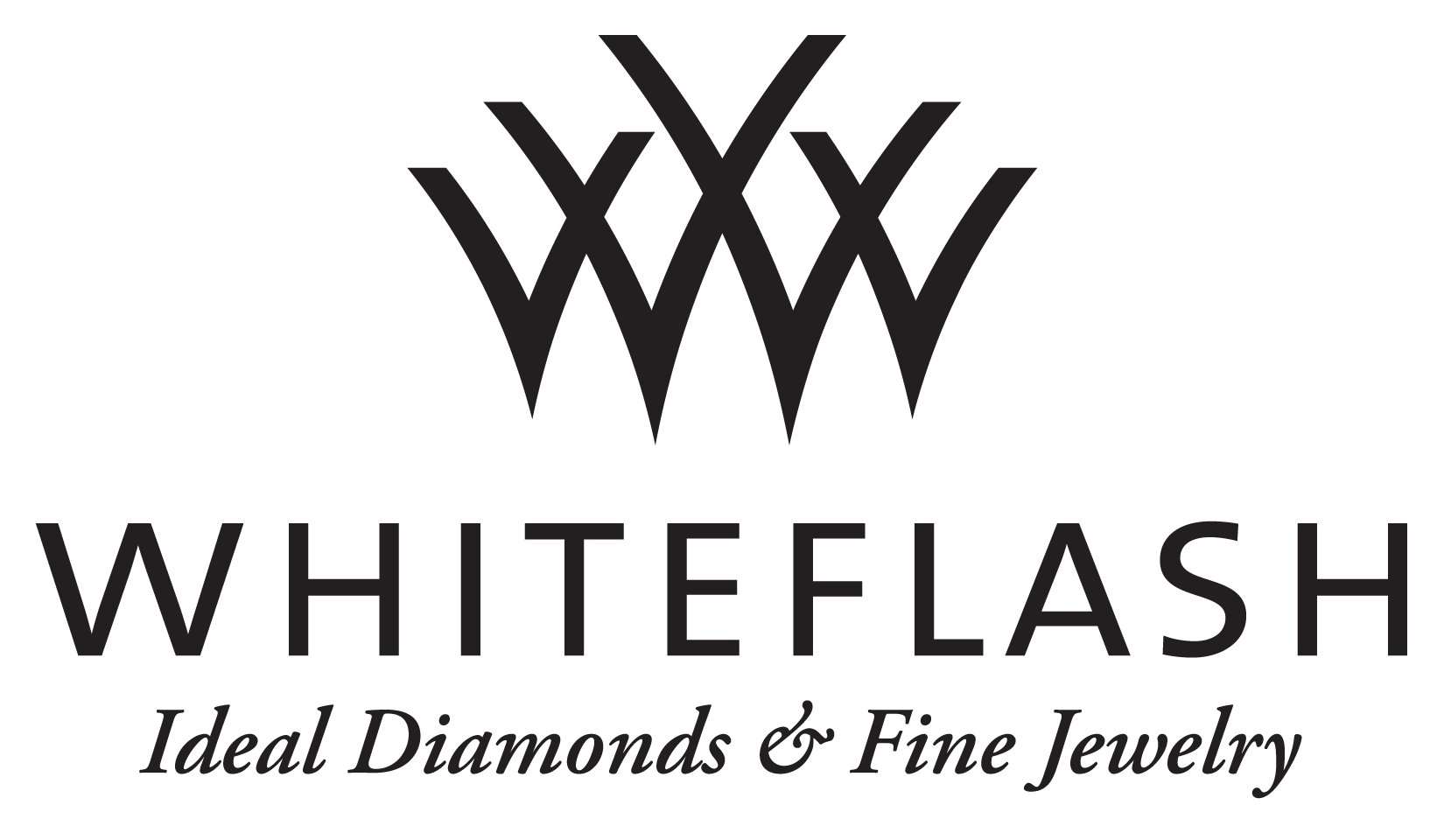
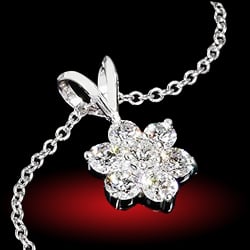
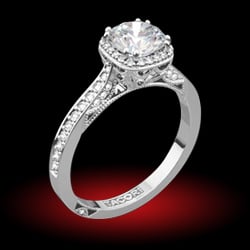
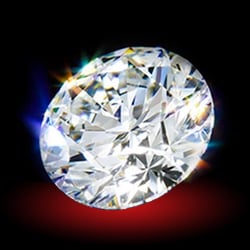
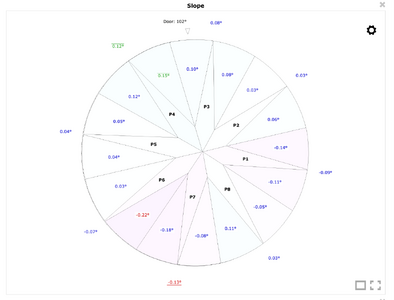
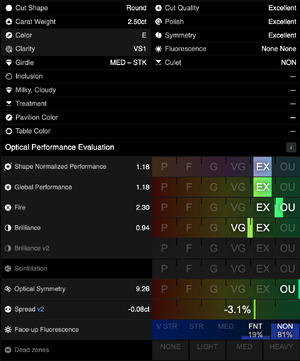
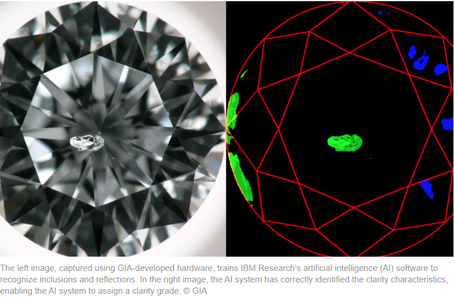


300x240.png)